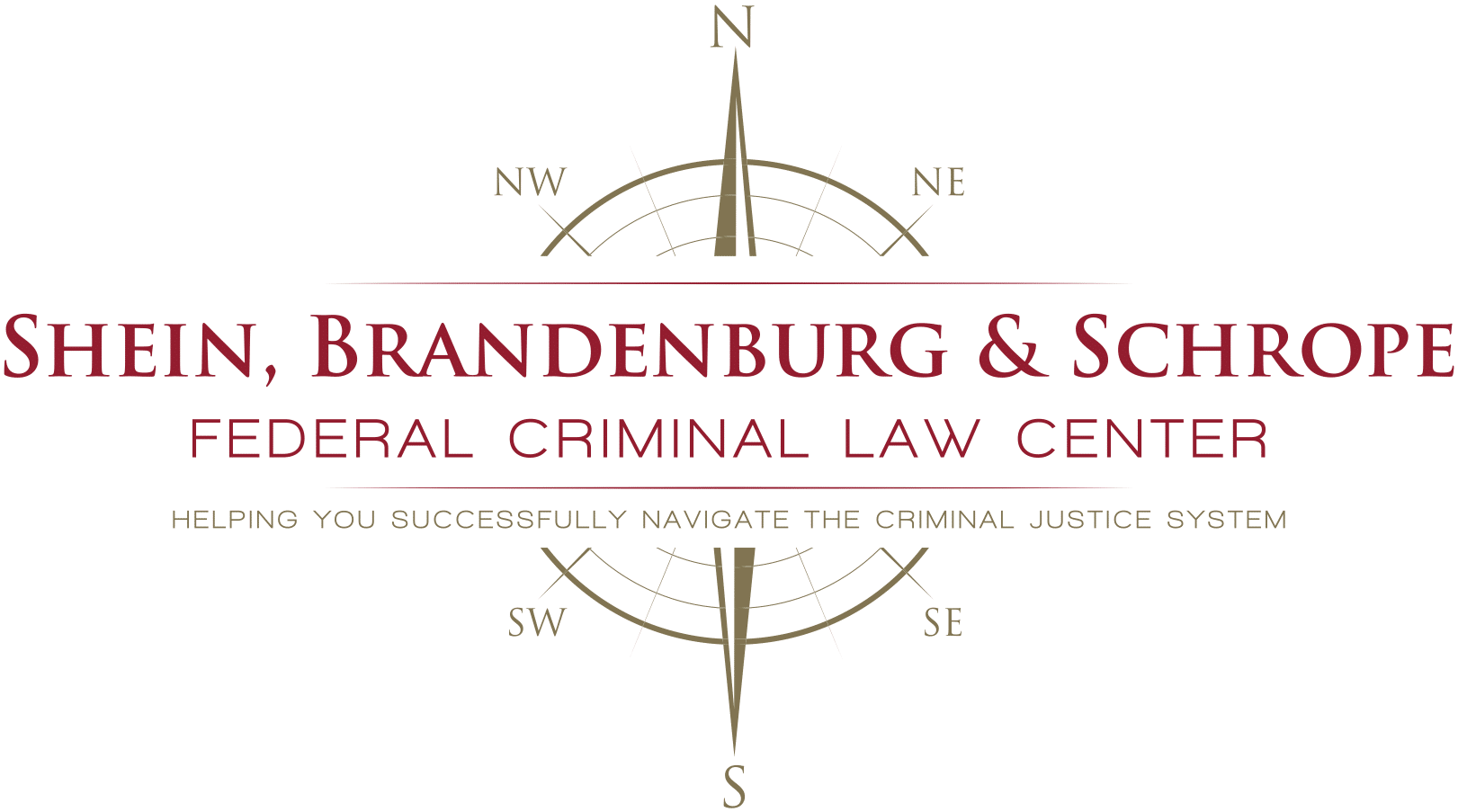Eyewitnesses play a crucial role in a police investigation of a crime. Arguably, they play too crucial of a role, especially when you consider recent scientific evidence that suggests eyewitnesses are far from perfect and are often outright unreliable sources of evidence.
Methods of Eyewitness Identification
One way that law enforcement uses eyewitnesses is through eyewitness identification. This involves bringing eyewitnesses to the police station and asking them if they recognize the person that they saw committing a crime from either a lineup or from a photo array. Unfortunately, how these lineups or arrays are put together can make an eyewitnesses’ identification of a suspect even more problematic.
To make matters worse, juries have shown a history of taking evidence of an eyewitness identification very seriously – even if you have not committed a crime, if an eyewitness picks you out of a lineup, there is a significant chance that the jury will rely on that evidence to convict you.
Photo Arrays Can Easily Be Manipulated by Police
When it comes to photo arrays, the problems with eyewitness identifications get even more pronounced.
Photo arrays are binders full of pictures of suspects. After a crime has been committed, police will bring witnesses into the police station and often give them a photo array to look through, to see if they can find the person they claim to have seen committing the crime.
From a common sense standpoint, this method is inherently inaccurate. Not only can the people in the photos have changed how they look since the pictures were taken, but it also prevents witnesses from seeing things like how tall they are and how they stand, both of which can make or break a correct eyewitness identification.
Even worse, though, is the fact that photo identifications from arrays can be manipulated by law enforcement, or made to look suggestive. If the eyewitness claims to have seen an old white man with a gray beard commit the crime of shoplifting, and the photo array consists of five women, five young black men, and one old white man with a gray beard, then the odds of the eyewitness incorrectly identifying the person in the photo increase significantly.
Incorrect Identifications Happen Constantly
It is the unfortunate case that eyewitnesses incorrectly identify someone as the perpetrator of a crime whom they recognize from seeing on a regular basis. Unfortunately, this can ruin the life of the person they identify, who will be charged with the crime, and most likely convicted. According to the Innocence Project, who handles the appeals of convicted criminals, 72% of the 300 convictions they have overturned with DNA evidence were made solely on eyewitness testimony.
The Federal Criminal Law Center
The attorneys at the Federal Criminal Law Center regularly fight against eyewitness testimony in court to protect our clients’ rights and interests. If you have been charged with a federal crime like embezzlement, contact our law office online so one of our attorneys can represent you in court.

